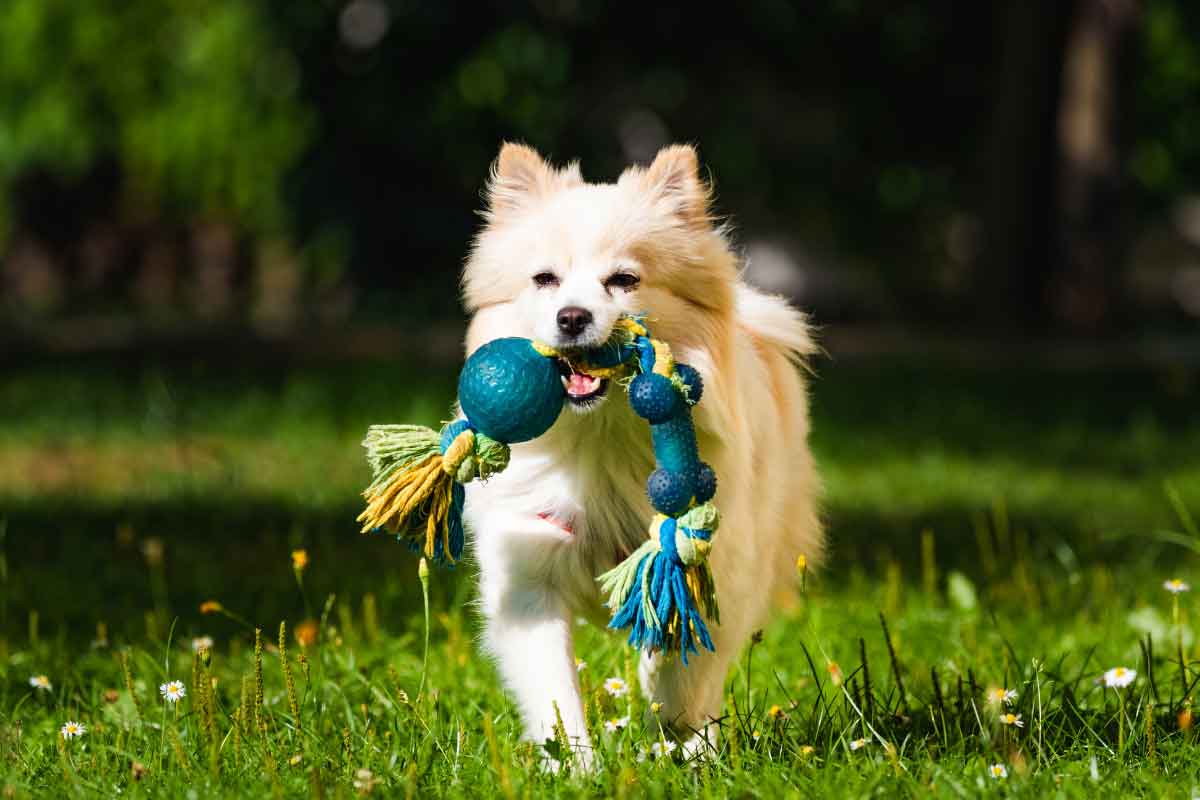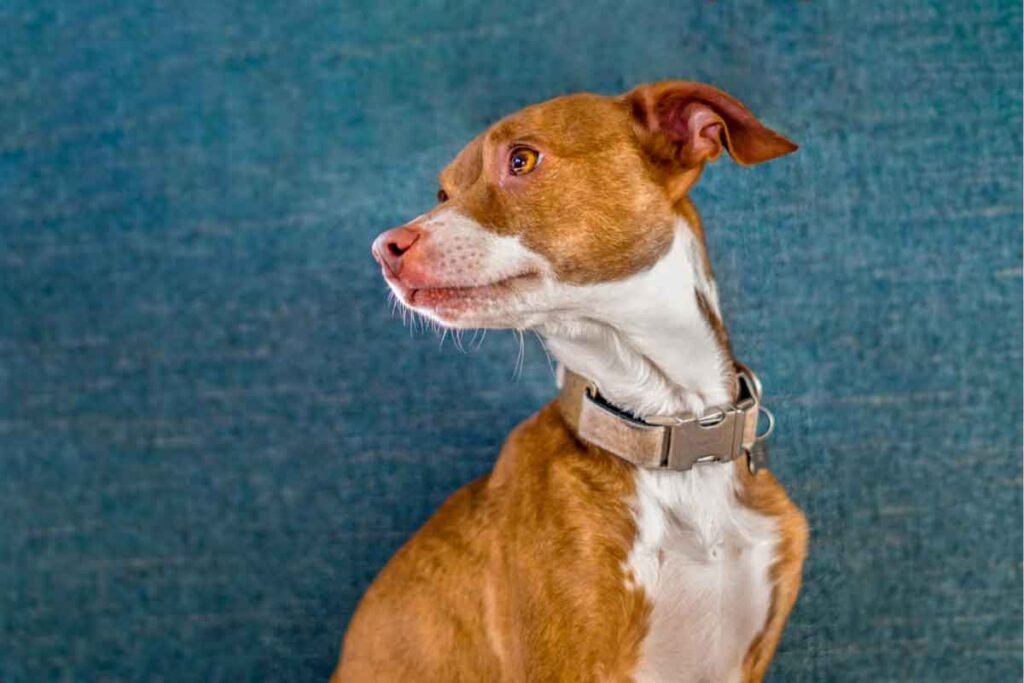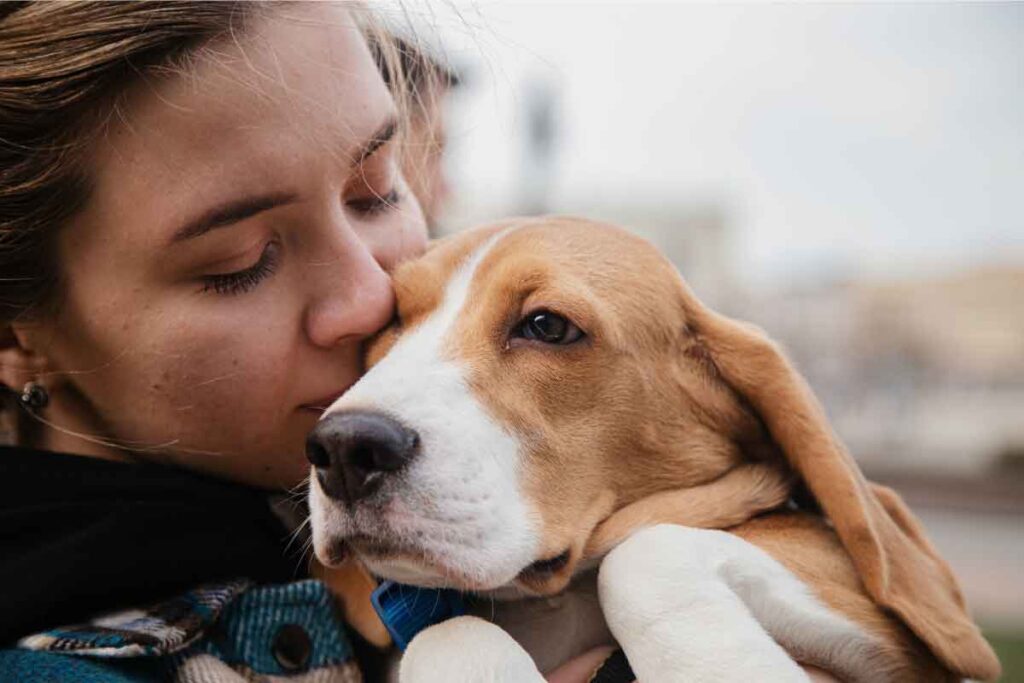Pet Anxiety – Keep Calm On-the-Go

Ever found yourself trying to calm a furball of nerves when your dog gets anxious on a car ride, at the vet, or even during a grooming session? You’re not alone! Dogs, with their big hearts and even bigger personalities, can sometimes feel overwhelmed just like us.
But fear not! We’ve got some pawsome tips to help keep your canine companions cool and collected, no matter where life takes you. So, grab a cup of chai, cuddle up with your furry friend, and let’s dive into the wonderful world of keeping our dogs calm on-the-go!

Understanding Pet Anxiety
Dogs, much like humans, can experience anxiety for a variety of reasons. Some common triggers include new environments, loud noises, separation from their owners, and even visits to the vet or groomer. Recognizing the signs of anxiety in your dog is the first step toward helping them cope. These signs can include excessive barking, pacing, panting, trembling, or destructive behavior. Once you identify these signs, you can take steps to help your furry friend feel more relaxed and secure.
Five General Tips to Calm Anxious Dogs
- Create a Safe Space: Designate a quiet and comfortable area in your home where your dog can retreat when they feel anxious. This space should be away from loud noises and disturbances. Fill it with their favorite toys, blankets, and maybe even some calming music to create a soothing environment.
- Exercise and Play: Regular exercise is crucial for a dog’s mental and physical health. A tired dog is less likely to feel anxious. Engage your dog in daily walks, playtime, and interactive toys to keep them stimulated and relaxed.
- Positive Reinforcement: Use positive reinforcement techniques to help your dog associate new experiences with positive outcomes. Reward them with treats, praise, or their favorite toy when they remain calm in stressful situations.
- Routine and Consistency: Dogs thrive on routine. Maintaining a consistent schedule for feeding, walks, and bedtime can help reduce anxiety by providing a sense of stability and predictability.
- Calming Products: Incorporating natural remedies into your dog’s routine can be incredibly beneficial for managing anxiety. Petroyale’s Calming Chews for Dogs are a fantastic option for providing relief to anxious pets. Made with hemp seed oil, chamomile extract, melatonin, and thiamine, these chews are designed to promote relaxation and calmness. They are easy to administer directly, but you can also get creative by adding them to gummy treats made with dog-safe gelatin, topping meals, or spreading them on lick mats
For more ideas on how to use these chews, check out Petroyale’s Instagram @petroyaleofficial for helpful recipes and tips!

Breed-Specific Tips
Different breeds may have unique needs when it comes to managing anxiety. Here are some tips for five popular breeds in India:
German Shepherd
- Mental Stimulation: German Shepherds are highly intelligent and need plenty of mental stimulation. Puzzle toys and training exercises can keep their minds occupied and reduce anxiety.
- Exercise: Ensure your German Shepherd gets plenty of physical exercise. Long walks, runs, and playtime can help burn off excess energy and reduce anxiety.
- Socialization: Early and ongoing socialization is essential for German Shepherds. Exposing them to different people, environments, and other animals can help them feel more confident and less anxious.
Shih Tzu
- Grooming: Regular grooming is essential for Shih Tzus. Make grooming sessions a calm and positive experience to reduce anxiety associated with brushing and bathing.
- Comfort Items: Shih Tzus often benefit from having comfort items like their favorite blanket or toy nearby. These familiar objects can provide reassurance in stressful situations.
- Quiet Time: Shih Tzus can be sensitive to loud noises. Provide a quiet space where they can retreat during noisy events like thunderstorms or fireworks.
Golden Retriever
- Companionship: Golden Retrievers are social dogs and thrive on companionship. Ensure they have plenty of interaction with family members to prevent separation anxiety.
- Training: Consistent training can help Golden Retrievers feel more secure. Use positive reinforcement techniques to build their confidence.
- Calming Activities: Activities like swimming can be very calming for Golden Retrievers. If possible, provide opportunities for them to swim and play in the water.
Labrador Retriever
- Chewing Outlets: Labradors love to chew. Providing them with safe chew toys can help alleviate anxiety and prevent destructive chewing.
- Playtime: Labradors are energetic dogs. Regular playtime, especially fetch games, can help burn off energy and reduce anxiety.
- Obedience Training: Obedience training can help Labradors feel more confident and less anxious. Teach them basic commands and reward them for following instructions.
Indie Dogs
- Rescue Comfort: Many Indie dogs have been rescued from difficult situations. Creating a safe and loving environment is crucial for their emotional well-being.
- Gradual Exposure: Gradually expose Indie dogs to new experiences and environments. Take it slow and allow them to adjust at their own pace.
- Positive Interactions: Encourage positive interactions with people and other dogs. Socialization can help Indie dogs feel more secure and less anxious.

Ultimately,
Helping your dog manage anxiety is all about understanding their needs and providing them with a supportive environment. Whether through exercise, positive reinforcement, or natural calming products, there are many ways to ensure your furry friend feels safe and relaxed. By implementing these tips and being attentive to your dog’s unique requirements, you can make a significant difference in their overall well-being and happiness. Remember, a calm dog is a happy dog, and your efforts will go a long way in keeping your pet healthy and content.


